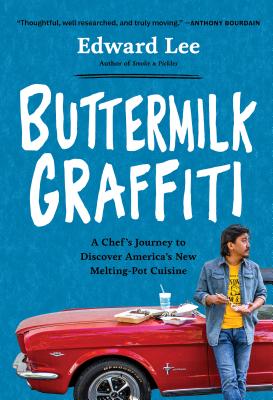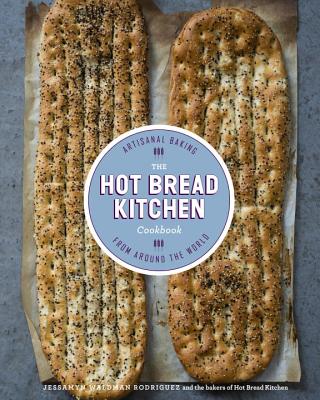From Cedar, Tammy and Katie, Slow Books Curators
It has been said that books serve as “windows, mirrors and doors,” transporting us to other worlds, real and imagined – ultimately, exposing us to things we weren’t fully aware of previously. Such can be said as well about books that teach us about the culture behind different foods and cuisines. Below, you’ll find books that transform by at times questioning and others reinforcing our connections to food in helping us understand the cultures responsible for many of the food ideologies and perceptions we have today along with helping us come closer to understanding the food of cultures that aren’t our own. As Padma Laksmi says in Taste the Nation, exploring American food culture (airing on Hulu), “Food becomes the main way that many of us pass on our identity, our culture, our heritage and history – to the next generation, our children, our grandchildren.“ These titles help us dig deeper into the culture of food so that we can better understand the meaning of the food on our plates as well as the food missing from our dinner tables, and the larger systems at play that explain the histories of how and why that came to be.
View the full book list of holiday recommendations:
Braiding Sweetgrass: Indigenous Wisdom, Scientific Knowledge and the Teachings of Plants
by Robin Wall Kimmerer
Minneapolis, MN: Milkweed Editions, 2013. Print. ISBN: 9781571313560
When we talk about the culture of food we tend to do it through a lens and with an ideology that goes unseen at worst, unexamined at best. In one fell swoop, Robin Wall Kimmerer shows us a different way of being in relationship with food. And in showing us that each fruit on an apple tree or kernel of corn has its own personality, she automatically highlights the transactional void left by a food system steeped in mainstream, capitalist, patriarchal values. This is a book that warms the heart and the belly. It is as full of grief as it is of triumph—a story of radiance, relationship, and wholeness.
– Cedar
Buttermilk Graffiti: A Chef’s Journey to Discover America’s New Melting-Pot Cuisine
by Edward Lee
New York, NY: Artisan, 2018. Print. ISBN: 9781579657383
“This is what I find so infuriating about the impulse to classify food as authentic. It implies that there is a right and a wrong. It implies that tradition is static and that there can be no evolution. It implies that culture can stand still.” Author Edward Lee makes so many interesting statements like this throughout “Buttermilk Graffiti”. He poses a good number of excellent questions as well. The book explores places and experiences from the Mississippi Delta to Vietnamese fishermen along the Gulf Coast to a cigar shop in Miami. I cannot say enough good things about this book. It’s a travel memoir in search of the story behind the chefs and foods that represent the diversity of the U.S. 40 recipes are included.
– Tammy
The Hot Bread Kitchen Cookbook: Artisanal Baking From Around the World
by Jessamyn Waldman Rodriguez and the bakers of Hot Bread Kitchen
New York, NY: Clarkson Potter, 2015. Print. ISBN: 9780804186179
This is a “feel-good” “bread bible” like no other. Part bakery, part social enterprise, Jessamyn’s “Hot Bread Kitchen” cookbook featuring recipes made daily in her New York City mainstay – recipes that will take you all over the world. Follow her as she teaches the reader about traditional dishes and baking methods the world over (M’smen from Morocco, Lavash Crackers – a variation on Armenian flatbread, Nan-e Qandi from Iran, to name just a few). Baking your way through this book will also give you a sense of the knowledge transfer that occurs when baking from a cultural tradition outside of your own. You learn what’s different, as well as what’s the same, and how the blend of the two becomes something elevated, eye-opening, and humbling. “Hot Bread Kitchen is a social enterprise that provides a life-changing education and opens doors for low-income minority women. The social part of the equation means that bakery trainees learn the skills they need to get management-track positions in the food industry or to start their own food businesses. The enterprise part means that we use the money earned from each loaf of bread to pay for training. Our business pays for our mission.” You’ll feel good baking from this book – not only because of the wealth of knowledge it has to offer (not to mention the scrumptious breads and savory foods to be made from it), but also because “Hot Bread Kitchen” offers a mission we can all get behind. Bread can feed us nutritionally, but it can also feed us as a means to put us on a better path.
-Katie



